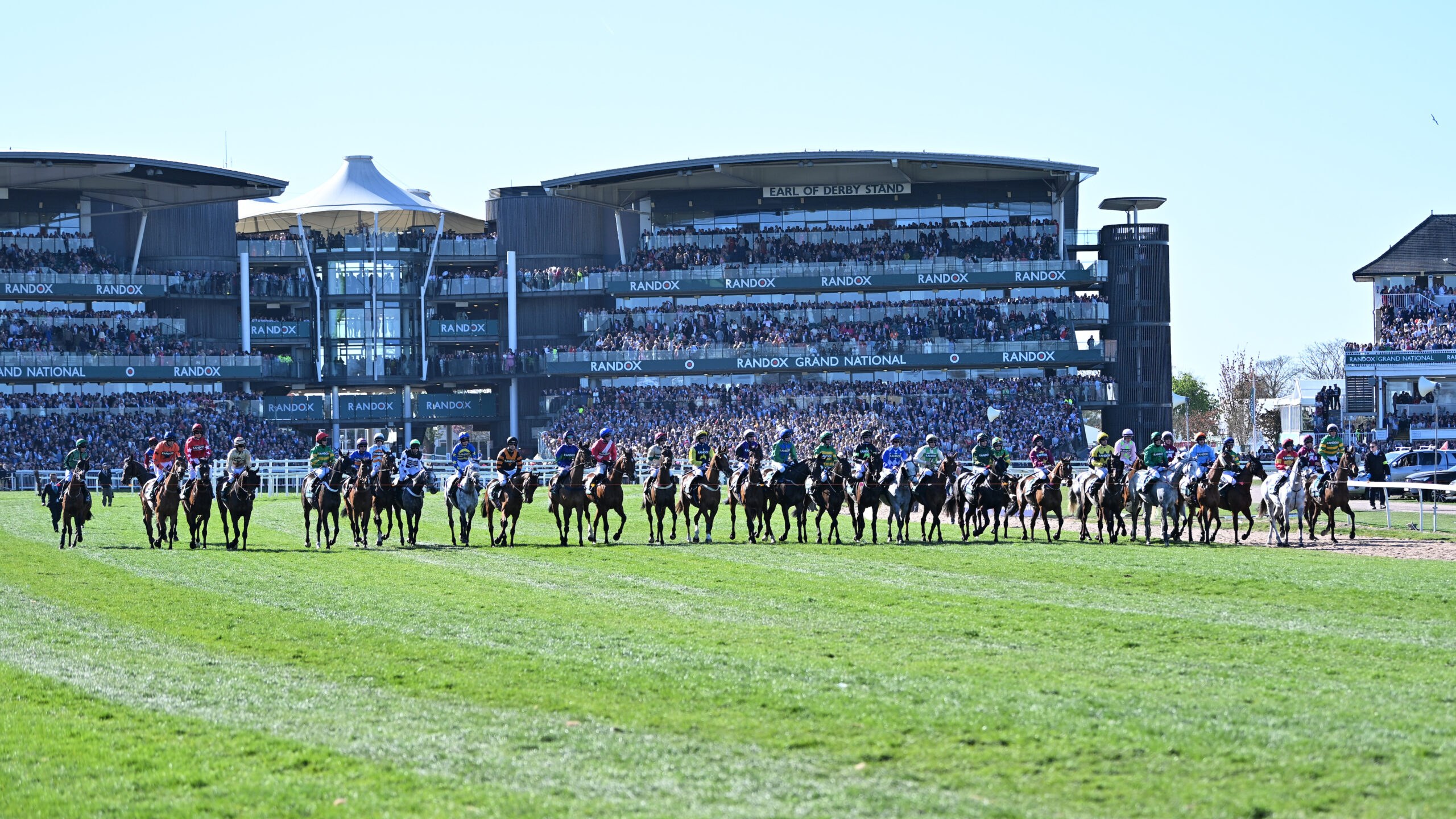
Following the tragic news of the death of Celebre D’Allen on Monday evening, Brant Dunshea, Acting Chief Executive of the British Horseracing Authority (BHA) issued the following statement:
“All of us at the BHA are saddened to learn of the death of Celebre D’Allen following Saturday’s Randox Grand National. It has been clear to see since Saturday afternoon just how much the horse meant to his connections and we send our condolences to them today.
“As with all runners in the Grand National, Celebre D’Allen was provided with a thorough check by vets at the racecourse. This health check includes a trot up, physical examination of limbs to check for any heat, pain or swelling, and listening to the heart to check for any murmur or rhythm disturbance. This marks the final step in an extensive process of checks to ensure a horses’ suitability to race in the National, which also includes a review of veterinary records and assessment by a Panel of experts to consider a horse’s race record and suitability to race. As part of this process the horse would also have been examined by the trainer’s own vet on the two occasions, a month apart.
“Celebre D’Allen received treatment from the team of expert vets after pulling up and then collapsing towards the end of the race. Having been immediately attended to by the teams on site, he was given all the time he needed to respond to treatment on course before being transported back to the first-class veterinary facilities at the racecourse stables, where he remained overnight, continuing to receive care and attention. He subsequently travelled to a nearby stud which was connected to the horse’s owners on Sunday, having shown improvement overnight.
“The BHA and Aintree racecourse will analyse the race and this incident in detail, as is the case every year and with every fatal injury in any race. This will include the horse being sent for post-mortem.
“The process of reviewing every fatality allows us to build on our existing data and help us understand how all reasonable avoidable risk can be reduced in order to keep our horses and riders as safe as possible. This process previously led to the changes that were made to the Grand National in 2024, including the reduction in the number of runners. Prior to Saturday’s race there had been no fatal injuries in the previous nine races run over the Grand National course since the 2023 National.
“The steps we have taken to improve safety over the years reflects the great respect we have for our horses, and our commitment to their safety. More information about welfare in horseracing can be found at www.horsepwr.co.uk.”
Notes to Editors
1. As with humans, collapse and sometimes death after racing can occur in fit and otherwise apparently healthy horses of all breeds. Incidents are, however, infrequent in races. For example, “Exercise Associated Sudden Death” (EASD), which is where a horse collapses and dies during or immediately after exercise, happens at an overall rate of 0.04% of runners (four in every 10,000), or 0.09% (nine in every 10,000 runners) in Jump racing. The circumstances which have taken place with Celebre D’Allen, where EASD has not taken place but instead the horse has passed away some time after exercise, are even more rare.
The most commonly identified cause of such incidents is cardiopulmonary (i.e. cardiac arrest) but large vessel rupture and central nervous system lesions can also occur.
British racing has invested £56m in advancing equine health, veterinary science and research since the year 2000. Projects currently funded by money provided by the Horserace Betting Levy Board (HBLB) include developing an artificial intelligence-based test to identify horses at risk of developing irregular heart rhythms, working with veterinary specialist Celia Marr, the University of Surrey’s Faculty of Health and Medical Sciences and other partners in the United Kingdom and abroad. The BHA is also supporting a recent project being conducted by Professor Cristobal Navas de Solis and colleagues at the University of Pennsylvania looking into the causes of sudden death in racehorses.
2. Details regarding the process of checks and assessments which take place around every horse prior to competing in the Grand National can be found here: HORSE PWR – How horses and jockeys qualify for the Grand National
3. Details of what happens when there are fatalities on raceday can be found here: HORSE PWR – What happens when there are fatalities on a raceday.
